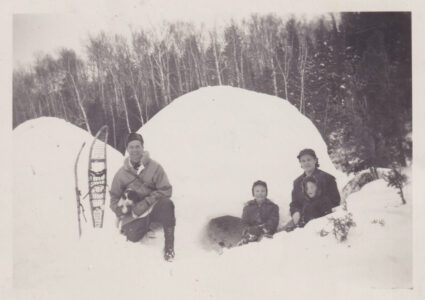How passing, no-passing zones are determined
On all major highways, lines are painted on the roadway to indicate whether passing another vehicle is allowed or not. Most drivers know that yellow lines separate vehicles traveling in opposite directions and white lines separate vehicles traveling in the same direction.
On two-lane roads, which dominate most of the routes in the North Country, just how is it determined to paint dashed lines, where passing is legally allowed, or solid lines, where passing is NOT allowed?
The answer is spelled out in the National Manual on Uniform Traffic Control Devices (MUTCD). On roadways with center line markings, no-passing zone markings are used at “horizontal and vertical” curves (i.e. over a hill) where the passing sight distance is less than the specified distance in the MUTCD for the 85th percentile speed or the speed limit.
The MUTCD defines the minimum passing sight distances for no-passing markings for speed limits ranging from 25 mph to 70 mph in increments of 5 mph as specified in the national code.
The passing sight distance over a hill (or in a dip) is the distance at which an object 3.5 feet above the pavement surface can be seen from a point 3.5 feet above the pavement (about the height of a driver’s eyes). A major variable is the size of today’s vehicles, ranging from small sedans to tractor-trailers. Similarly, the passing sight distance on a horizontal curve is measured along the center line between two points 3.5 feet above the pavement on a line along the inside of the curve, while taking into consideration any obstruction, such as a tree line or any other obstruction that cuts off the view within the curve.
On hillcrests, in dips, and in horizontal curves, the point where the no-passing line begins is where the sight distance first becomes less than the distance specified in the manual. The end of the solid line (no passing zone) is that point at which the sight distance again becomes greater than the minimum specified.
That’s a lot of technical jargon that even some highway engineers might find difficult to explain. Consider this simple example of what motorists are likely to encounter on daily drives.
If you are approaching the crest of a hill on a 55-mph roadway with a solid line on your side, the no-passing zone would start at the point where you cannot see an approaching vehicle 900 feet away, or less than 2/10 of a mile.
When another vehicle 900 feet away can be seen from your vehicle as you crest the hill, the no-passing zone ends and the solid line changes to a broken line.
The complexity of sight lines, measurements, and highway markings, such as double solid and broken lines, is there for your safety.
While passing zones allow for legal passing, it doesn’t mean you must pass. The vehicle you want to pass could be anything from a farm tractor moving at a slow speed to another vehicle traveling at 55 to 60 mph. Obviously, more distance is required to pass a fast-moving vehicle than a slow-moving one.
Thus, the final onus is on the driver — just because the pavement markings indicate it’s OK to pass, that doesn’t mean you have to, or should. Follow the simple rule: if you’re not sure there is enough time to pass safely, don’t. You should wait for a safer time and place.



